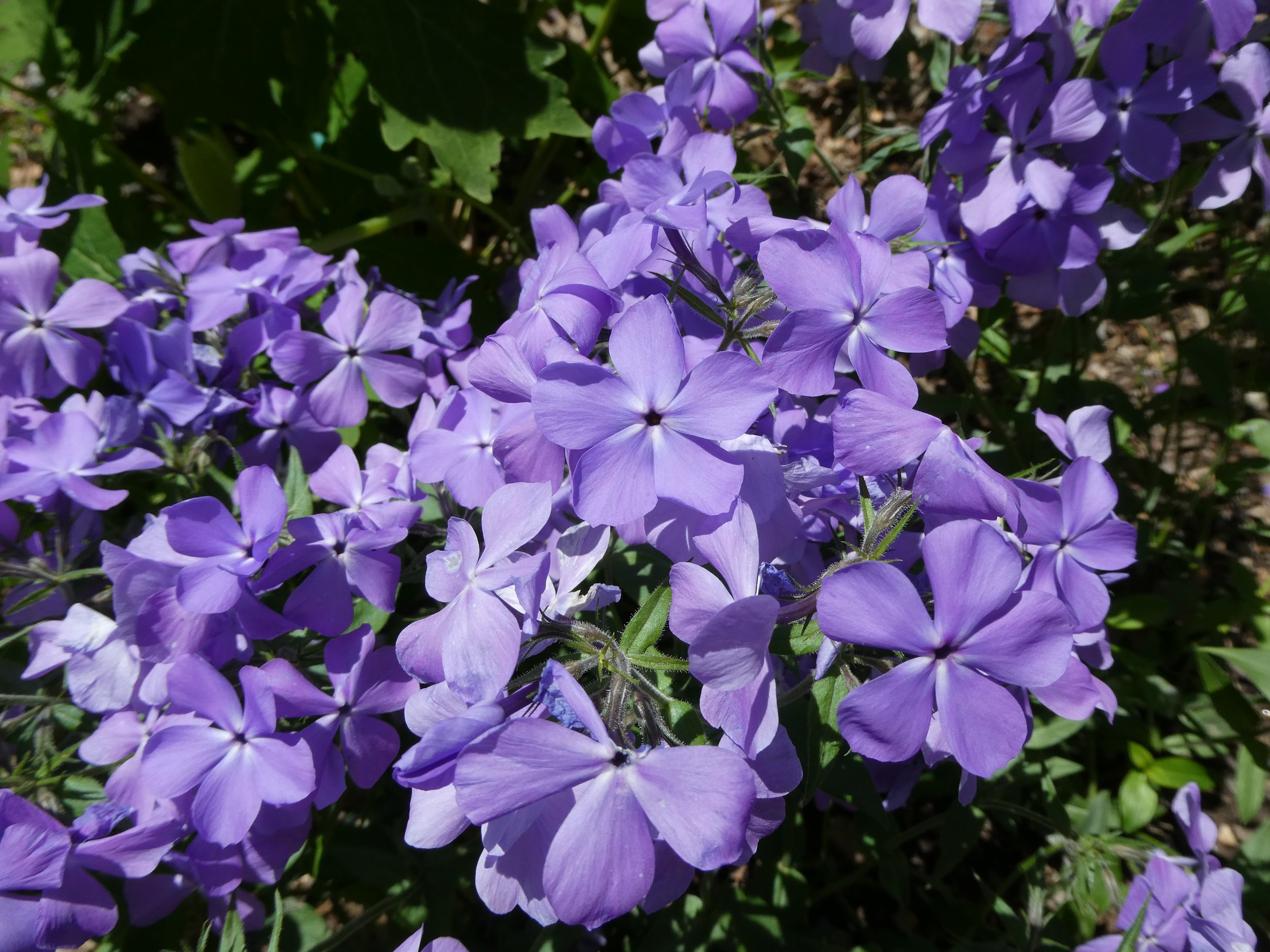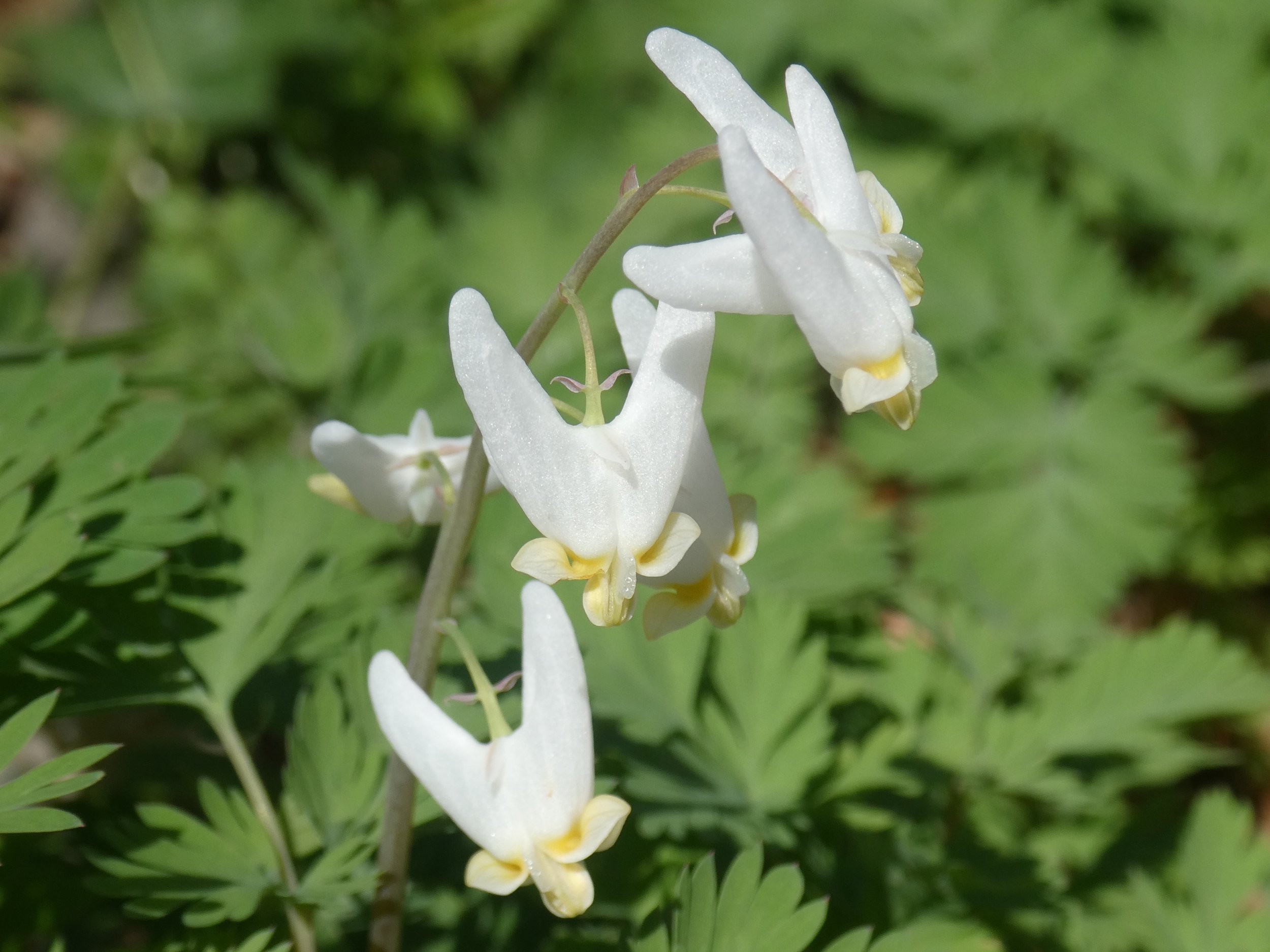Virginia Bluebells
(Mertensia virginica)
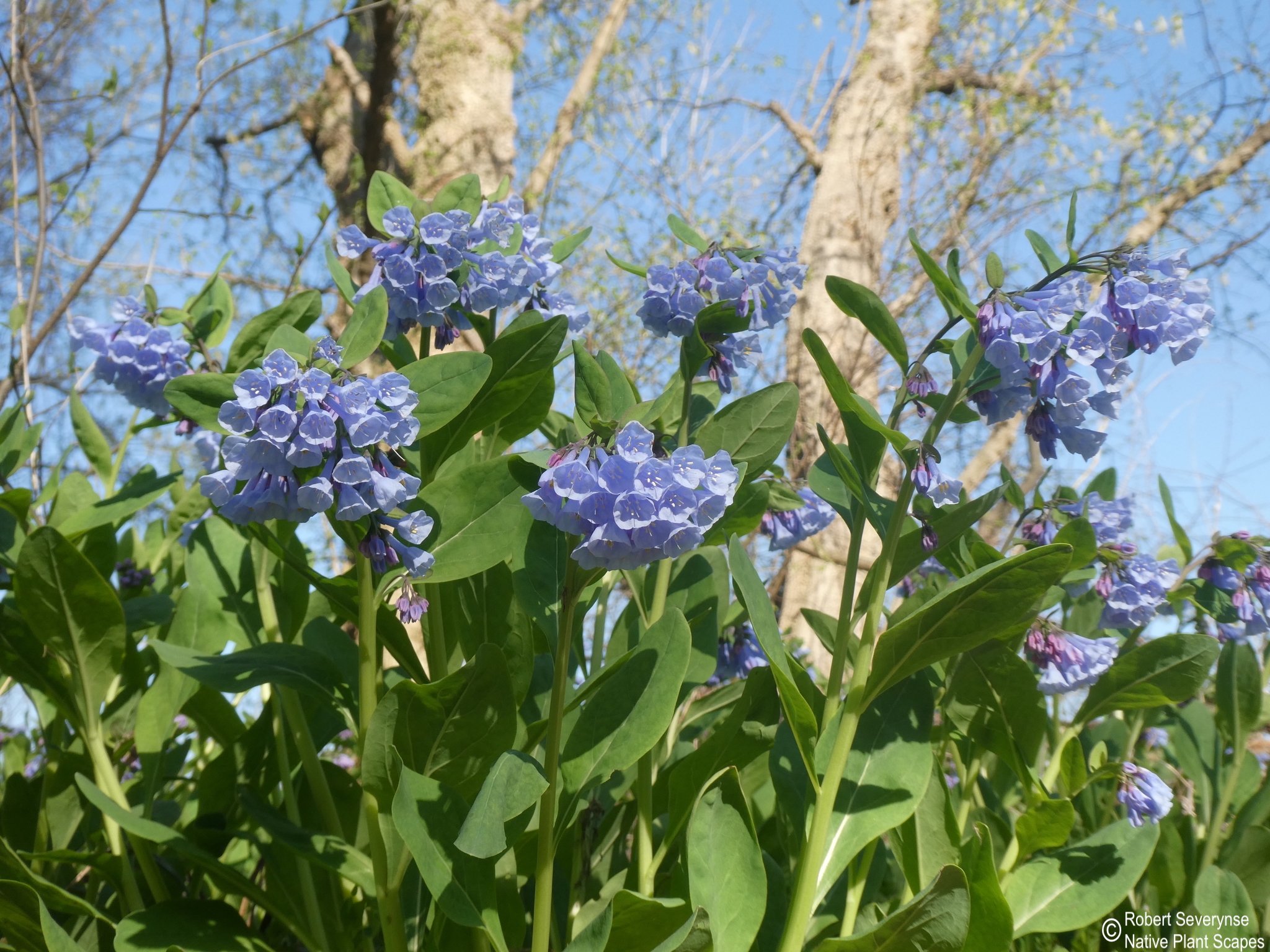
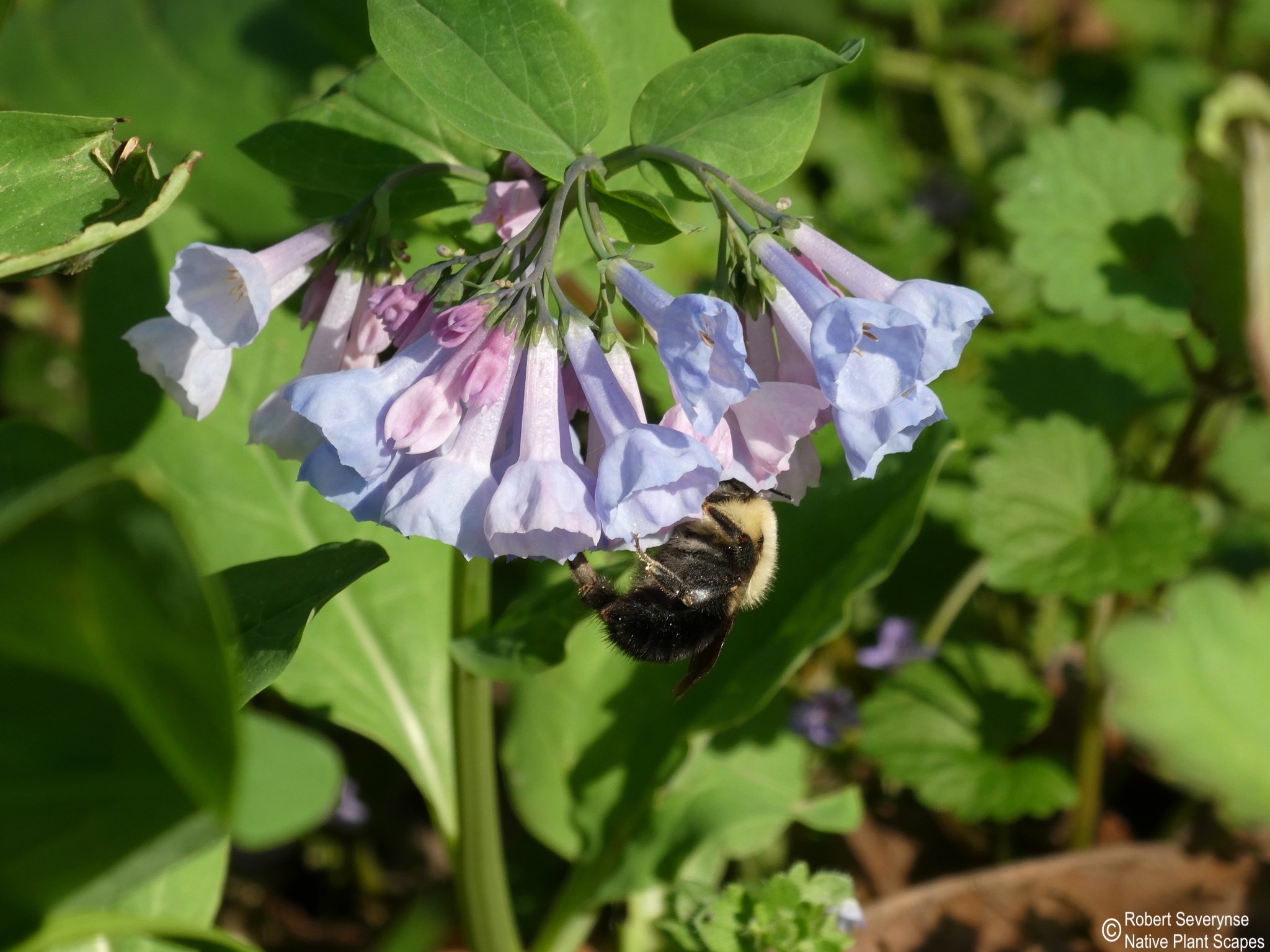
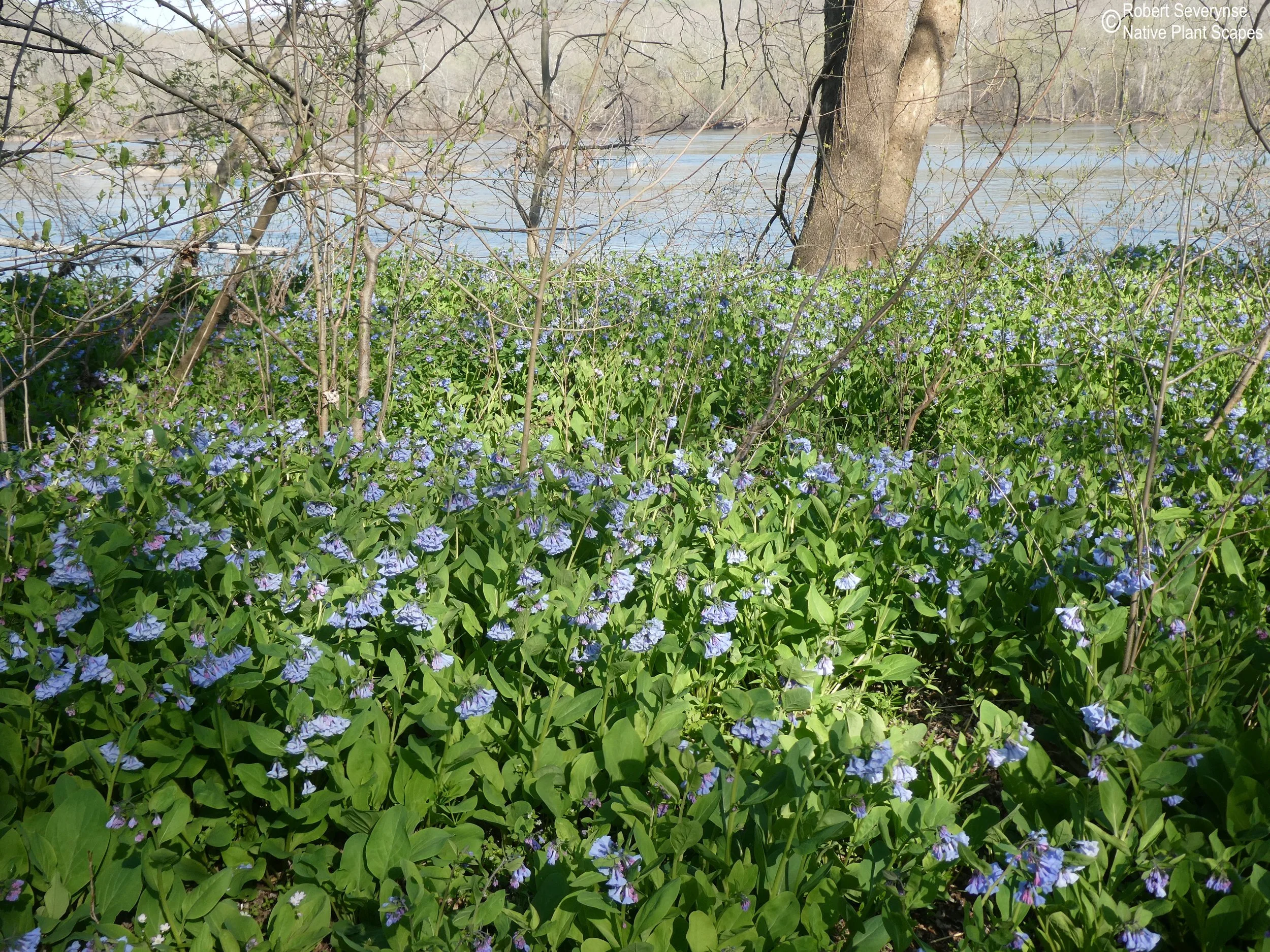
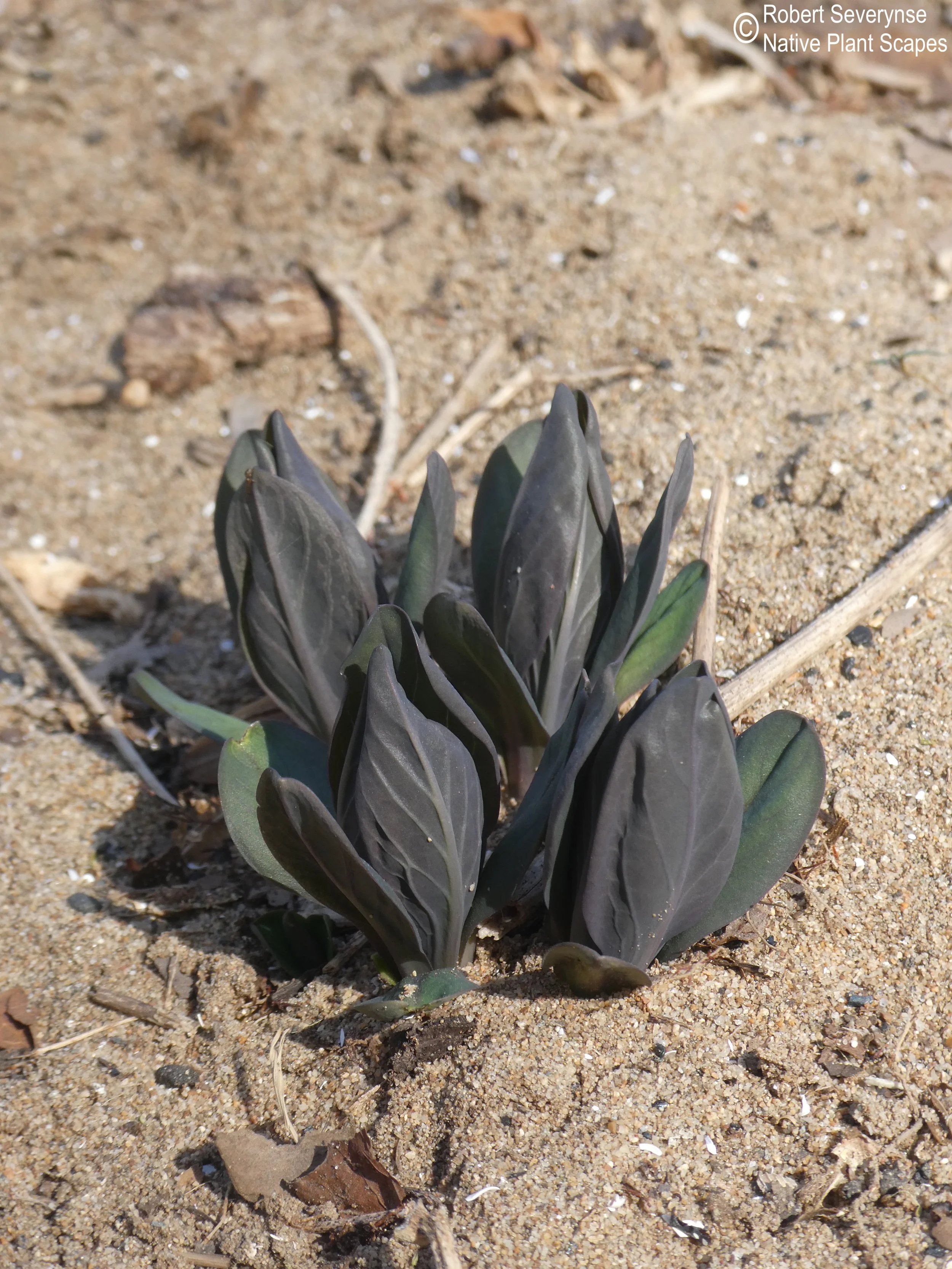
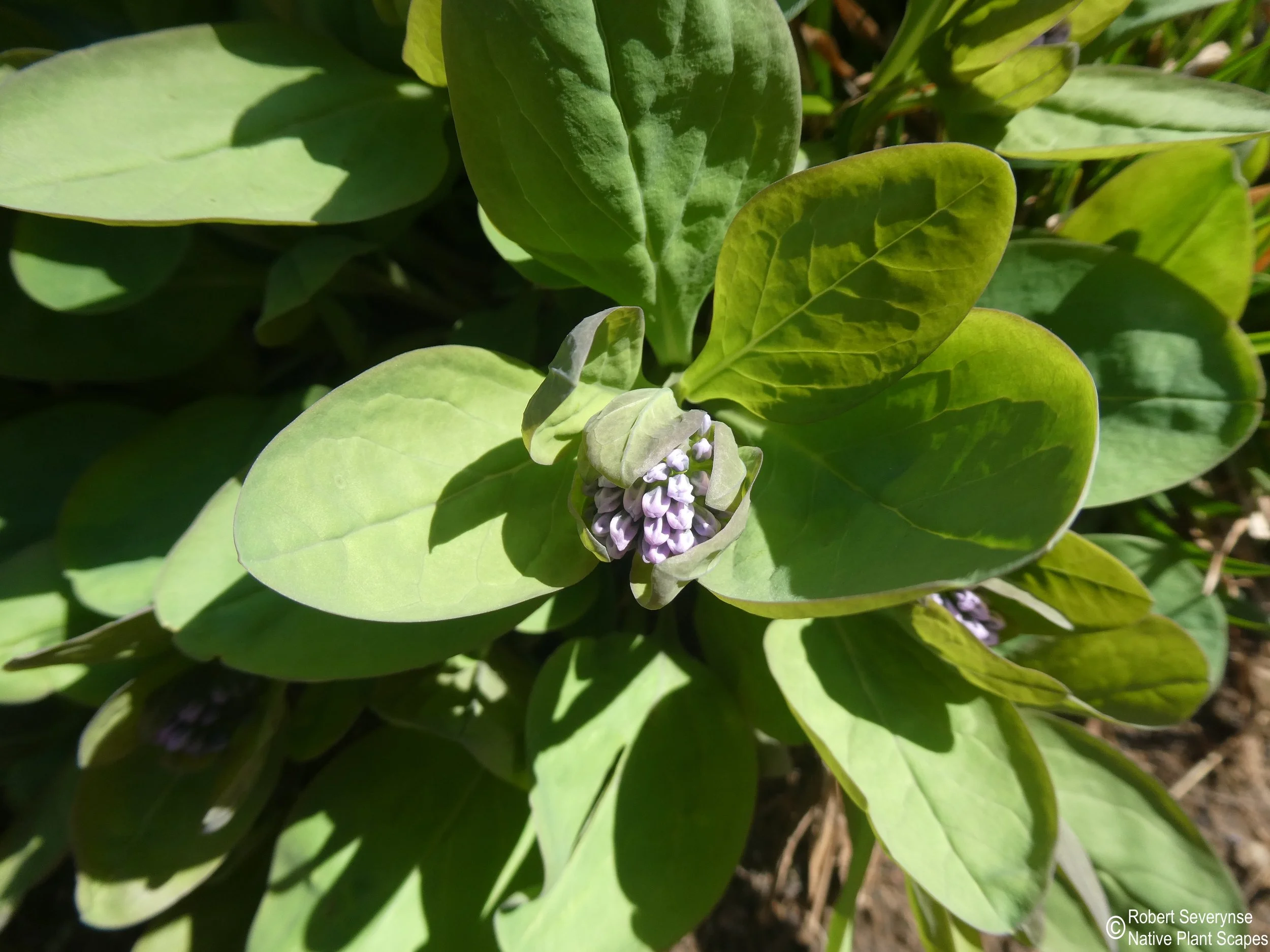
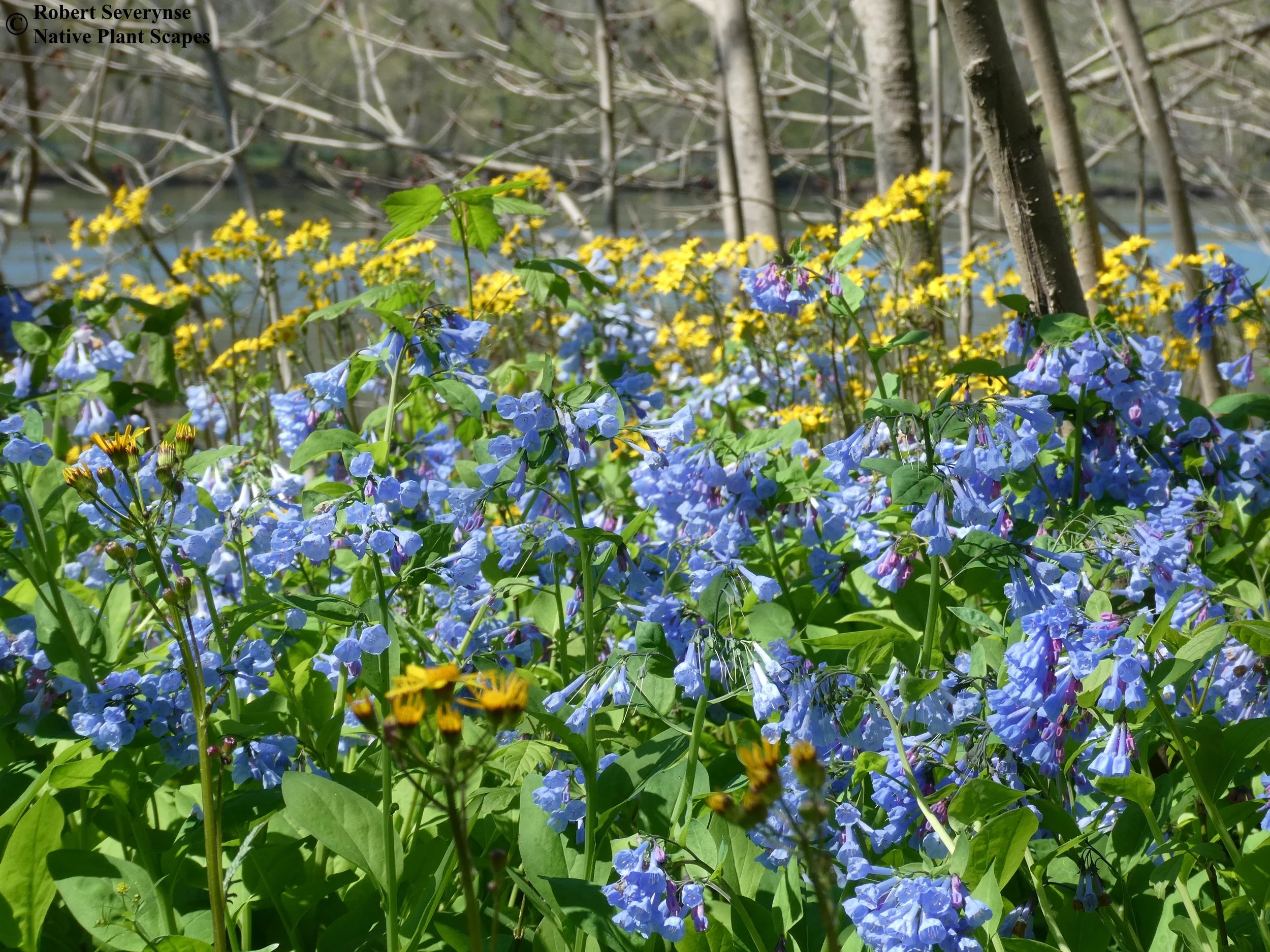
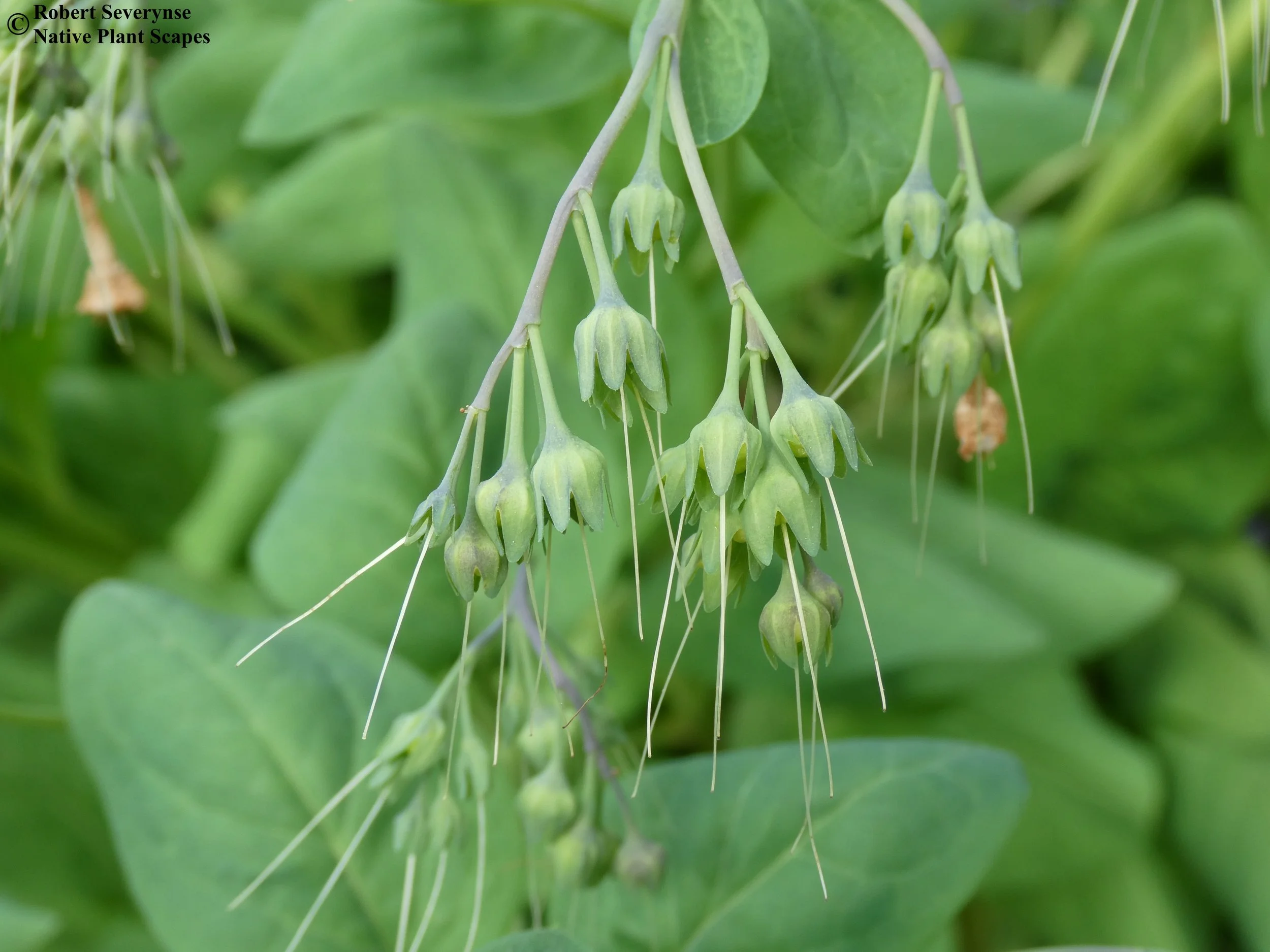
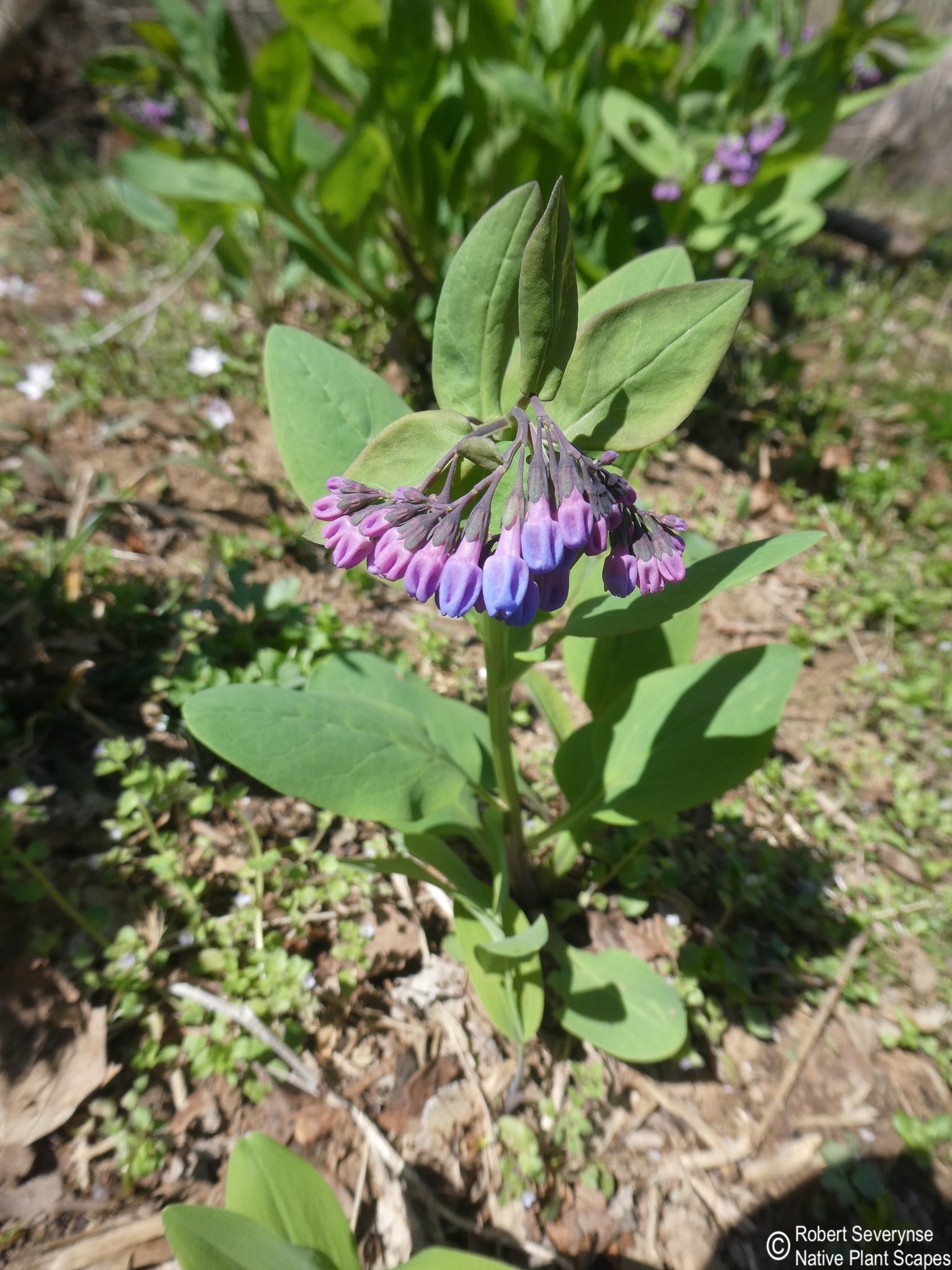
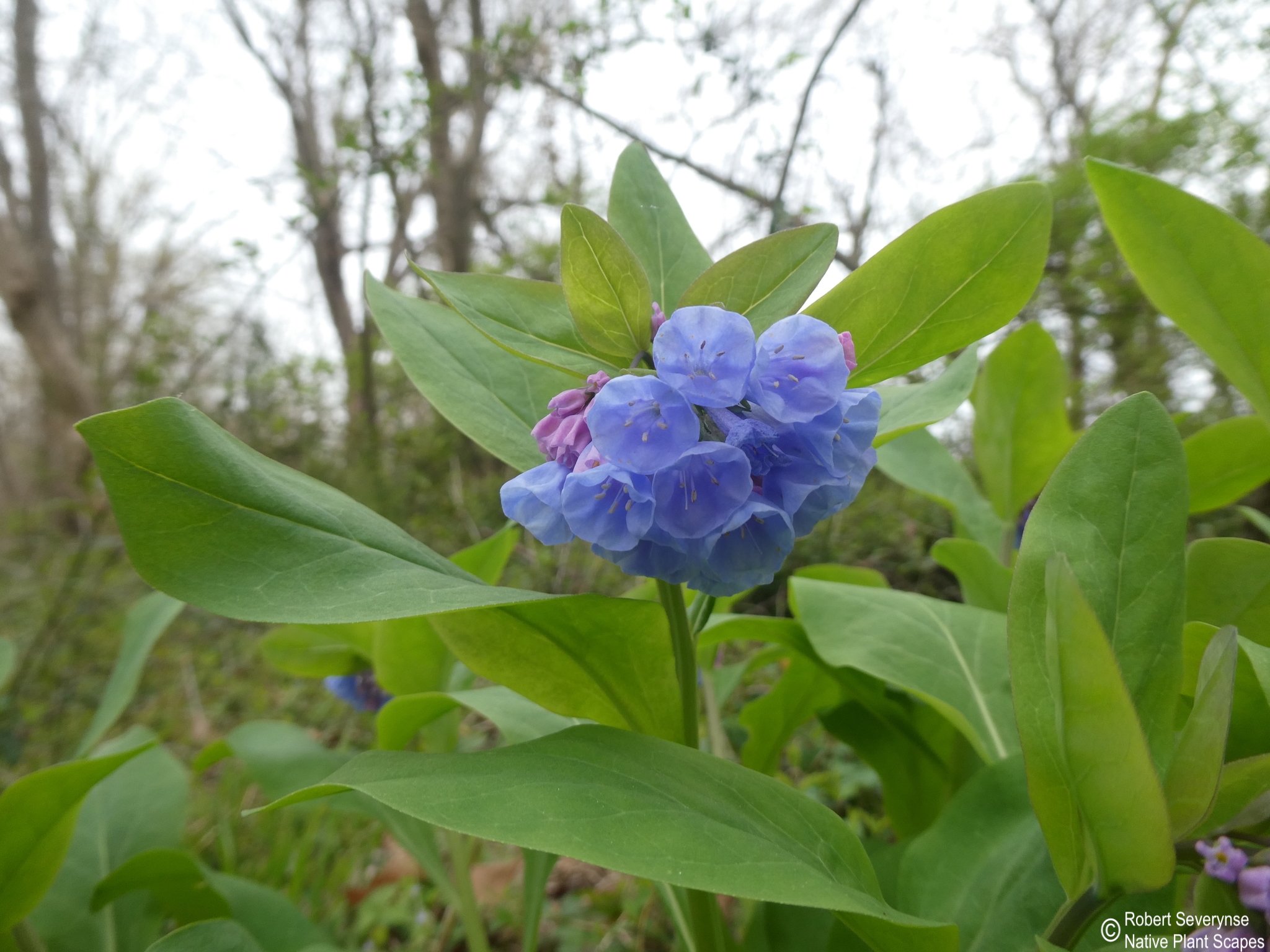
Other Information
Physical Characteristics
Type: Herbaceous Perennial
Height: 1 - 2 ft
Spread: 1 - 1.5 ft
Flower Color: Blue or Pink
Flower Time: Early Spring (Mar - Apr)
Fruit Type: Seed Capsule
Fruit Color: Green
Autumn Color: N/A (Dormant)
Sun Conditions: Part Shade / Full Shade
Shade Tolerance: High
Moisture Preference: Medium / High
Deer Resistance*: Medium
Dog Safe**: Yes
Conservation Status (MD): SNR - Unranked
Other Names:
*Deer resistance can vary based on many factors
**Always consult with a veterinarian about plants toxic to dogs and other animals
Wildlife Benefits:
Virginia Bluebells are an important early pollen and nectar source for many pollinators, especially long-tongued bees (but also butterflies and moths). It can also provide protective cover to many kinds of wildlife in the spring when it is planted in colonies.


